Among the most destructive and terrifying natural phenomena that plague Australia are bushfires. These fires, which rage through the Australian landscape with ferocious intensity, have become almost synonymous with the country’s hot, dry summers.
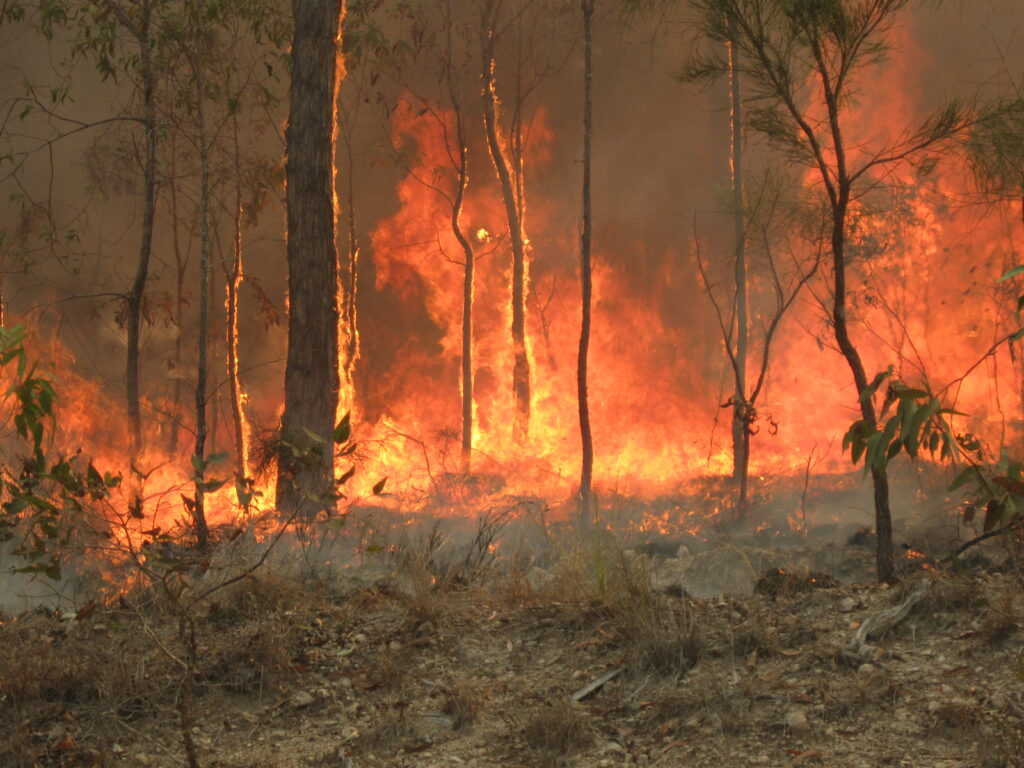
Bushfires, or wildfires, occur when vegetation ignites due to extreme heat, dryness, and a combination of other factors such as lightning strikes, human negligence, or deliberate arson. The primary ingredients for a bushfire are fuel (dry vegetation), oxygen, and a heat source. Australia’s unique climate, characterized by prolonged dry spells and high temperatures, creates the perfect conditions for these fires to spark and spread rapidly.
Historical Context
Bushfires have been a part of Australia’s ecosystem for thousands of years, playing a crucial role in the regeneration of some plant species. However, in recent decades, the frequency and severity of these fires have increased dramatically. Historical records and Indigenous knowledge reveal that traditional land management practices, such as controlled burns, once mitigated the impact of bushfires. The disruption of these practices by European settlement has, in part, contributed to the current crisis.
The 2019-2020 Bushfire Season: A Catastrophic Event
The 2019-2020 bushfire season, known as the “Black Summer,” was one of the most devastating in Australian history. Beginning in June 2019 and lasting until May 2020, these fires burned an estimated 46 million acres, destroyed over 3,500 homes, and resulted in the tragic loss of 33 human lives. The ecological toll was equally staggering, with an estimated one billion animals perishing, including significant populations of koalas, kangaroos, and other native species.
Climate Change and Its Role
The increasing intensity and frequency of bushfires are closely linked to climate change. Rising temperatures, prolonged droughts, and changing weather patterns have created a more fire-prone environment. Scientific studies indicate that climate change has extended the duration of the fire season and increased the likelihood of extreme fire weather.
The Human and Ecological Impact
Bushfires leave a lasting scar on both the human and natural environments. Communities are displaced, homes and livelihoods are lost, and the emotional toll on those affected can be profound. The ecological impact is also severe, with fires destroying habitats and disrupting ecosystems. Recovery can take years, if not decades, as flora and fauna struggle to re establish themselves in the charred landscapes.
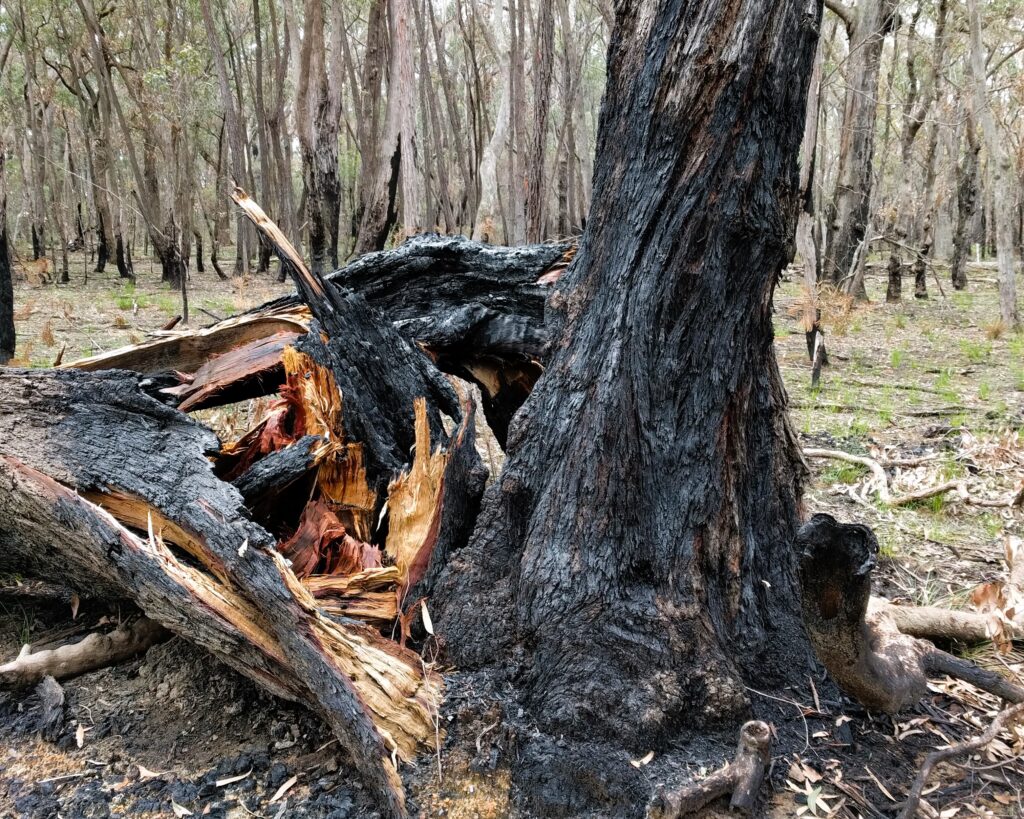
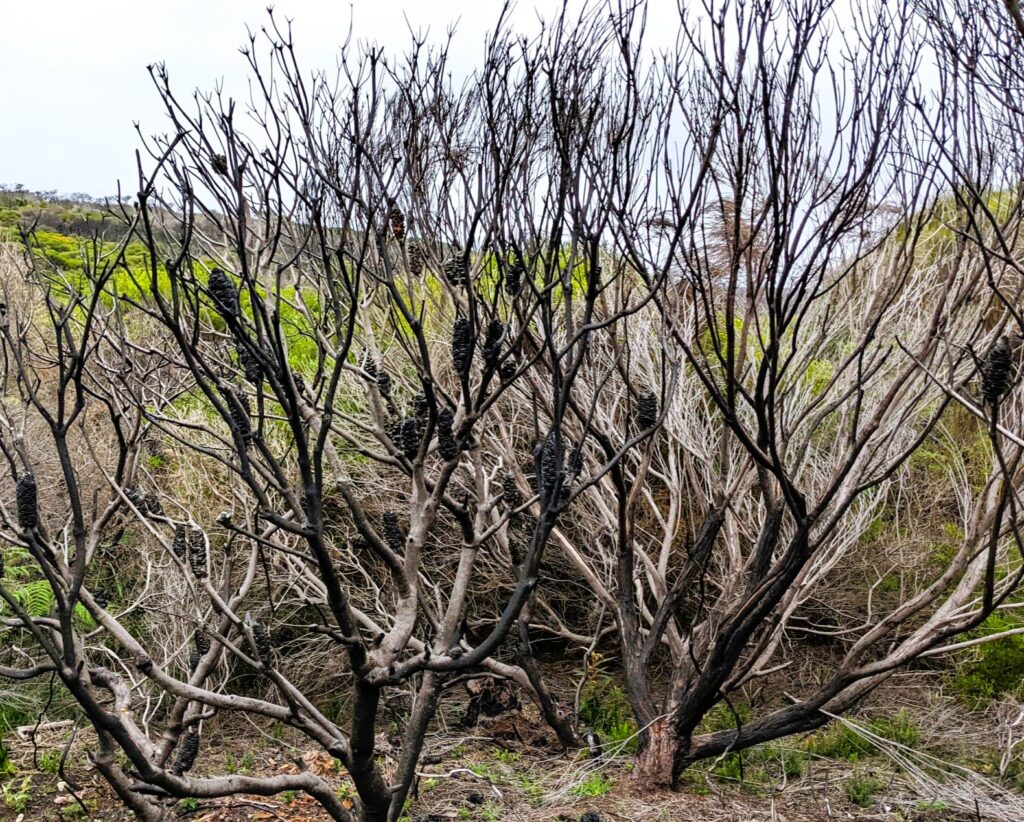
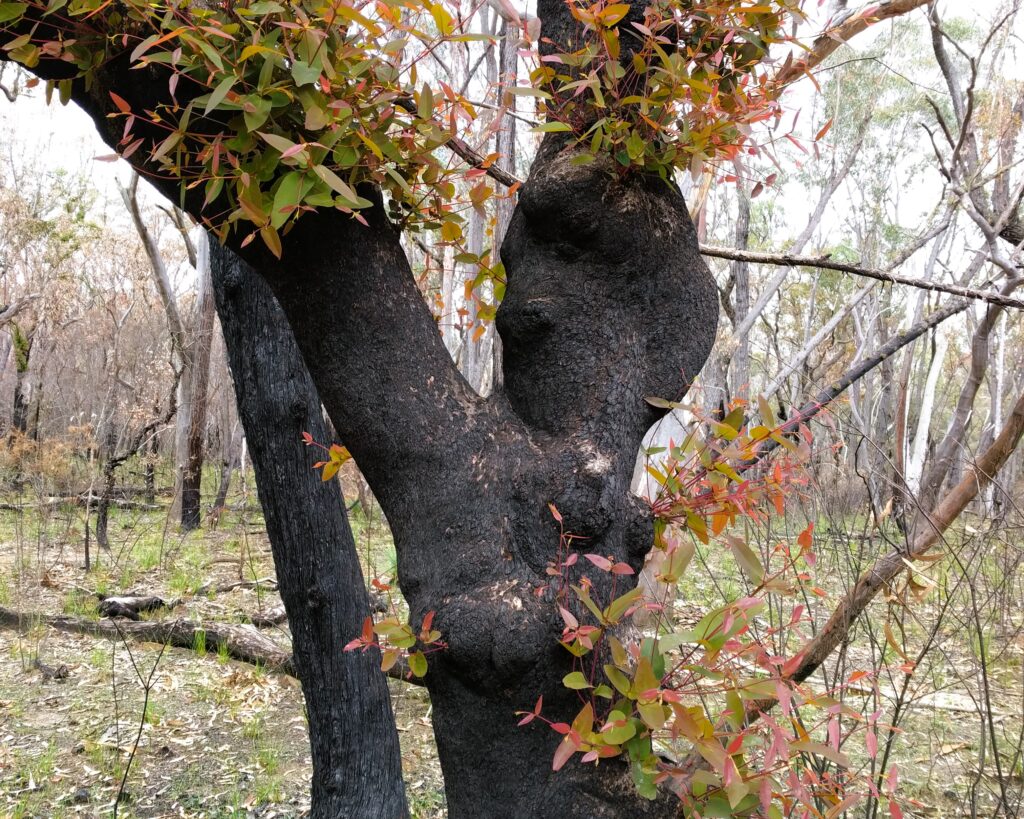
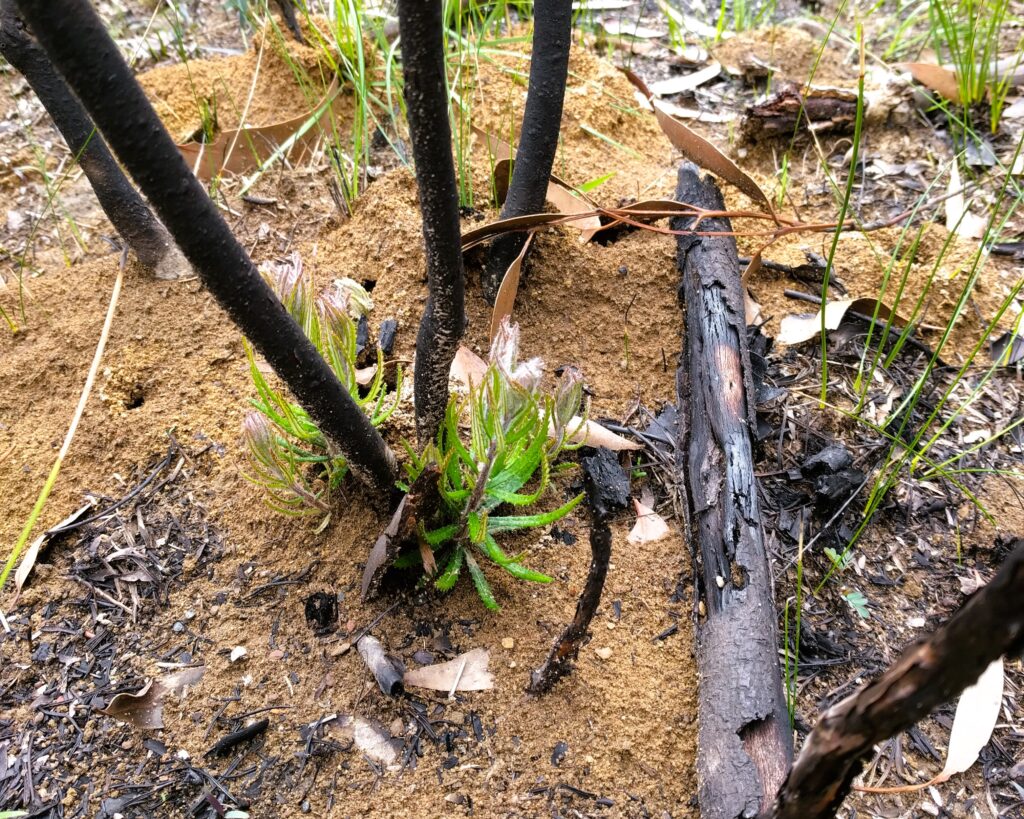
Bushfires in Australia are a stark reminder of nature’s power and the fragility of human and ecological systems. As the climate continues to change, these events are likely to become more frequent and intense. It is a collective responsibility to adapt, mitigate, and respond to this threat, ensuring that future generations inherit a resilient and thriving landscape. By learning from the past and investing in sustainable practices, Australia can better safeguard its unique environment and communities against the fury of bushfires.

